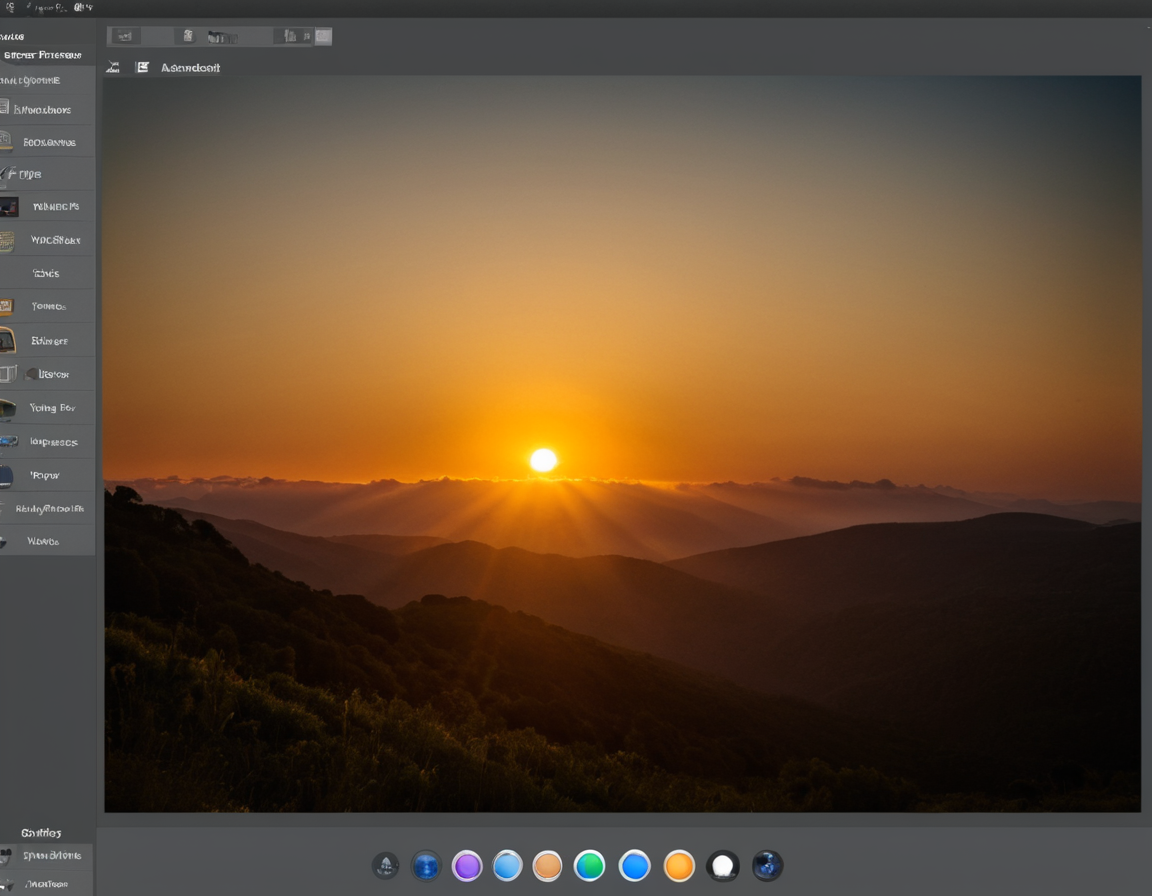Top 10 GIMP Hidden Features

Unlocking Professional-Grade Editing with GIMP: Top 10 Hidden Features You Need to Know
GIMP, or the GNU Image Manipulation Program, has been a staple in the digital art world for decades. While it may not have the same level of recognition as Adobe Photoshop, it has carved out its own niche as a powerful and free alternative for image editing. However, beneath its surface lies a plethora of hidden features that can elevate your editing game to professional-grade levels.
Introduction
For those already familiar with GIMP, you might be wondering what’s new and exciting in the latest updates. For beginners, however, diving into the world of GIMP can seem daunting due to the sheer number of options and settings at your disposal. This post aims to shed light on the top 10 hidden features in GIMP that will take your editing skills to the next level.
Feature #1: Advanced Selections with the “Live Pencil” Tool
One of the most powerful yet underutilized tools in GIMP is the live pencil tool. This feature allows for more precise control over selections, especially when working with complex images or those requiring a high degree of accuracy. By utilizing this tool effectively, you can streamline your workflow and achieve professional-grade results.
Feature #2: Using Scripts to Automate Repetitive Tasks
GIMP’s scripting capabilities open up a world of automation possibilities. Whether it’s resizing all images in a directory, applying filters, or even creating custom plugins, scripts can save you hours of tedious work. This feature is particularly useful for heavy-duty editors who rely on efficiency.
Feature #3: The “Levels” Adjustment Layer
While not entirely new, the levels adjustment layer has become increasingly important with the latest GIMP updates. This tool allows for precise control over image tonal ranges and color correction, making it a go-to for professionals looking to fine-tune their edits without sacrificing quality.
Feature #4: Customizing the User Interface with Tungsten
Tungsten is GIMP’s built-in theme engine, allowing users to customize the look and feel of the application. This feature can greatly enhance your editing experience by personalizing the interface to suit your workflow needs.
Feature #5: Using the “Perspective Warp” Tool for Complex Compositing
The perspective warp tool is a game-changer for compositing and image manipulation. By leveraging this feature, you can achieve realistic results without needing extensive knowledge of complex editing techniques.
Feature #6: Advanced Text Editing with the “Text Tool”
GIMP’s text tool has seen significant updates, allowing for more advanced control over text placement, size, and color. This feature is particularly useful for graphic designers who require precise text manipulation.
Feature #7: Batch Processing for Efficient Image Management
Batch processing in GIMP allows you to apply edits to multiple images simultaneously, saving time and increasing productivity. This feature is a must-have for professional editors who work with large datasets.
Feature #8: Using the “Heal Effect” Tool for Advanced Retouching
The heal effect tool offers an unparalleled level of detail control when it comes to retouching images. By mastering this technique, you can achieve near-professional results without needing extensive training.
Feature #9: Advanced Color Grading with the “Curves” Adjustment Layer
Color grading is a crucial aspect of professional image editing, and GIMP’s curves adjustment layer provides unparalleled control over color correction. This feature is essential for any serious editor looking to elevate their game.
Feature #10: Leveraging GIMP’s Community for Resource Sharing
GIMP has an active community that shares knowledge, plugins, and resources through various channels. By tapping into this ecosystem, you can unlock a wealth of information and stay ahead of the curve when it comes to new features and techniques.
Conclusion
Mastering these 10 hidden features in GIMP can take your editing skills to unprecedented heights. Whether you’re a seasoned pro or just starting out, investing time into learning these techniques will pay dividends in both creative output and efficiency. As we continue to push the boundaries of what’s possible with image editing software, it’s clear that GIMP remains an indispensable tool for professionals and hobbyists alike.
What’s next? Will you be diving headfirst into GIMP or exploring other hidden gems within your favorite software suite? Share your thoughts in the comments below!
Tags
hidden-features professional-editing gimp-tips image-manipulation digital-creatives
About Miguel Reyes
AI and photography enthusiast | Formerly a digital imaging specialist at a top creative agency, helping clients master AI-powered editing tools. Now I help explore the frontiers of visual content creation at gophotos.com
